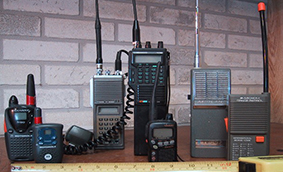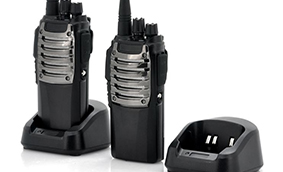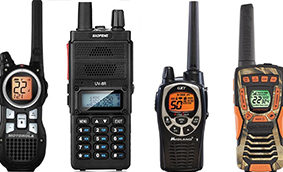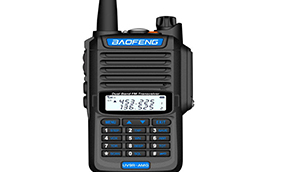- Have any questions?
- info@cuttingedge.com.pk
Walkie Talkies
A walkie-talkie is a hand-held, portable, two-way radio transceiver (more formally known as a handheld transceiver, or HT). During World War II, its development was credited to Donald L. Hings, Radio Engineer Alfred J. Gross, and Motorola engineering teams in various ways. Similar designs for field artillery and tank units were first used for infantry, and after the war, walkie-talkies spread to public safety and eventually to commercial and workplace work.Typical walkie-talkies mimic a phone handset, with a speaker built into one end and a microphone in the other (the speaker is also used as a microphone in some devices) and an antenna mounted at the top of the package. They're being held to the face for talking. A walkie-talkie is a demi-duplex system of communication. Several walkie-talkies use a single radio channel, and it is possible to transmit only one radio on the channel at a time, though any number can listen. Normally the transceiver is in receive mode; when the user wishes to speak, they must press a "push-to-talk" (PTT) button to turn off the receiver and turn on the transmitter.
History
In 1937 the Canadian inventor Donald Hings created a portable radio signaling system for his employer CM&S. He called the system a "packset," even though it was later called a "walkie-talkie." Hings was officially decorated in 2001 for the significance of the device to the war effort.Alfred J. Gross, a radio engineer and one of the developers of the Joan-Eleanor system, also worked on and is sometimes credited with inventing the early technology behind the walkie-talkie between 1938 and 1941.



